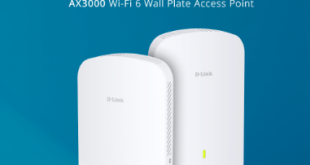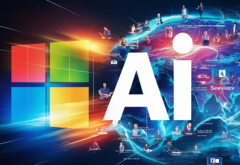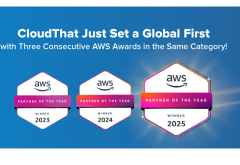5G is the first ‘G’ in cellular technologies, allowing Communications Service Providers (CSPs) to operate in the software layer. Software deviates from the transactional approach common in telecom equipment manufacturing. Software refers to a more constant and predictable recurring revenue model analogous to hyperscalers. This has consequences for the commercial models that support the sector, according to global technology intelligence firm ABI Research.
Don Alusha, Senior Analyst 5G Core & Edge Networks, ABI Research said in a statement that with the increasing importance of software, the commercial imperative from a vendor’s standpoint is stark: shift from a finite supply of (3G and 4G) equipment to monetization models based on (5G) software, where the supply is almost endless.
Commercial arrangements for 3G and 4G networks revolve around a CAPEX purchase model. CSPs pay a predetermined fee to own an asset. It could be either hardware (cellular antennas) or software with perpetual licensing. The cost of the item might be paid in cash, financed, or leased. But what is most important is that there is a predetermined price. Once the agreement is reached, Network Equipment Vendors (NEVs) such as Ericsson, Huawei, Nokia, and ZTE have assured an advance payment at the time of contract signing. NEVs have one stress point in a CAPEX model: winning the deal. The risk of implementing the purchased technology falls to CSPs. A key point to note is that, in general, by the time a product is adopted and used, the bulk of the budget has already been spent upfront for the installation, integration, and other professional services needed to get the product operational.
In contrast, there may not be a ‘product’ sale in a 5G ecosystem, and by extension, the cloud and software world. Technology vendors must still channel the requisite R&D to produce the technology and win a transaction. They must invest in marketing and complete the sales cycle in order to win the transaction. There isn’t much of a difference between this model and the CAPEX model in that regard. The difference lies in the fact that OPEX models are associated with recurring (micro-) transactions—extra compute, more storage, more modules, etc. “Further, businesses built on OPEX models typically invest a significant amount of capital upfront and then try to make up with volume because of a superior cost structure that is associated with software; the marginal cost of producing an extra copy is very small. That underpins hyperscaler’s (Amazon, Google, and Microsoft) business model and strategy,” Alusha explains.
Though subtle, there is growing consumerization of telecom technologies as cloud and software adoption grows. The software industry is a large-scale economic industry. A significant upfront investment is made to build a software product, but the marginal cost of creating each one is quite low. The primary distinction between developing software and producing equipment is that the latter involves the creation and transfer of product ownership, whereas the former is far more intangible. There are advantages from a balance sheet perspective, as now CSPs pay for software in a rough approximation for their usage over time—an operational expense—as opposed to a fixed-cost basis in a CAPEX-centric world. This improves their Return-on-Invested Capital (ROIC) measurements.
In the new world of cloud and software, in addition to selling a transaction, NEVs must also make a material and positive impact on the recipient of the service to create value. “This enables the industry to explore new business models that look beyond where the money is in the value chain, to where it will be in the years to come. Cloudification of telecom equipment offers unprecedented opportunities (e.g., innovation, better economics, business agility, etc.) but it inherently constitutes new technologies for the industry and there is a risk attached. There will be challenges, given the lack of maturity and many unknowns around performance, best practices, and control of technology assets. But operators that rise to these challenges first may well gain a competitive market advantage,” Alusha concludes.
This information comes from ABI Research’s Cloudification of Telecom Technologies and Equipment application analysis report. This report is a component of the firm’s 5G Core & Edge Networks research package, which includes research, data, and analyst insights. Application Analysis studies give in-depth analysis of important market trends and factors for a certain technology based on extensive primary interviews.
 Latest Technology News Today – Get Latest Information Technology Updates and Services Latest Technology News Today – Get Latest Information Technology Updates and Services
Latest Technology News Today – Get Latest Information Technology Updates and Services Latest Technology News Today – Get Latest Information Technology Updates and Services 









